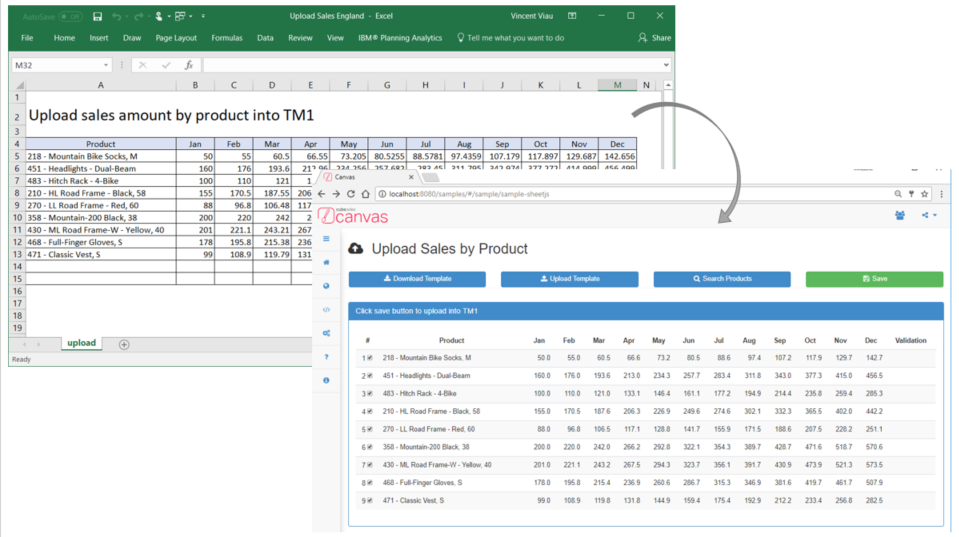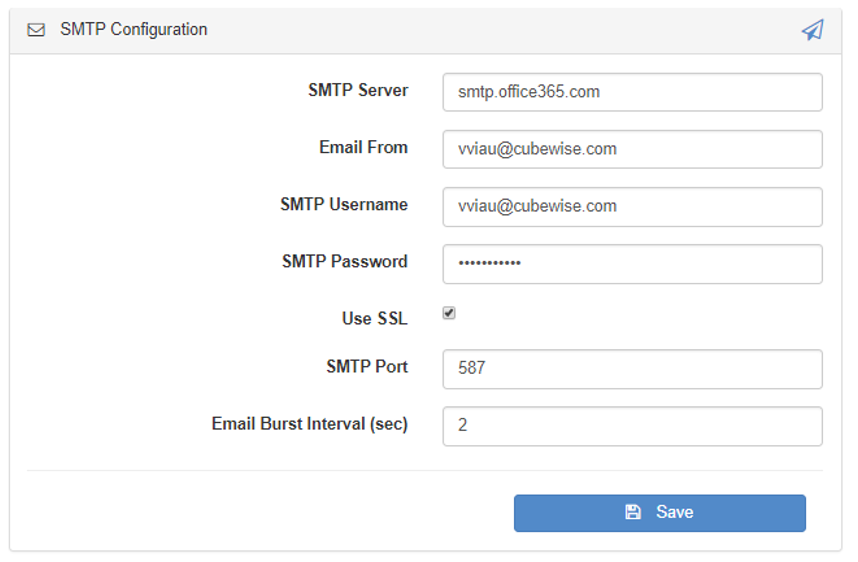-
Display data from an Excel file and then send it to TM1 via REST API

With Canvas, you can upload an Excel file into your browser, validate the data and then send the data into TM1 using the REST API. A sample showcasing has been introduced in Canvas 2.0:
-
Alternate Hierarchies in Canvas

Probably the most exiting feature in IBM Planning Analytics is alternate hierarchies. Using alternate hierarchies will enable you to potentially reduce the number of dimensions in your cube and therefore improve cube size and performance.
-
Different Sources for Bursting Reports

This article details the different bursting methodology you can use to send and to generate different PDFs and/or Emails.
-
Burst PDF reports with the Task Scheduler

From Canvas 2.0 and up, there is now a Task Scheduler which you can use to schedule tasks. These tasks can contain TM1 processes, TM1 chores or Canvas pages. This article describes the steps to follow to set up a new task which is going to send by email one dashboard per region.
-
Refresh DBRs by Groups

By default when you input a value in a cell containing DBRs in Canvas, all the DBRs will refresh. From Canvas 2.0 and up, you can now group the DBRs so that when you input a value, only the DBRs of the same group as that input will be refreshed. This could greatly improve the…
-
Synchronizing SUBNM and URL

This article describes how to make the SUBNM component to sync with the URL whenever it changes. This will also describe how the SUBNM’s initialization works.
-
Repeat more than one row in your table

This article describes how to repeat two rows for one item using the angular directive, ng-repeat-start:
-
Customize PDF export layout with CSS and Bootstrap

One of the great feature of Canvas is that the style of your dashboard can be different regardless of viewing it in a web browser or as PDF format.
-
Configuring SheetJS (Optional Library)

Beginning with Canvas version 1.2.2, optional libraries will be included within assets folder but will need to be enabled before it can be used. This will involve:
-
Deep dive into an application folder

All application folders are stored in the CWAS/webapps folder, by default you have only two applications ROOT and samples. In this article we are going to describe the folders inside the ROOT folder.